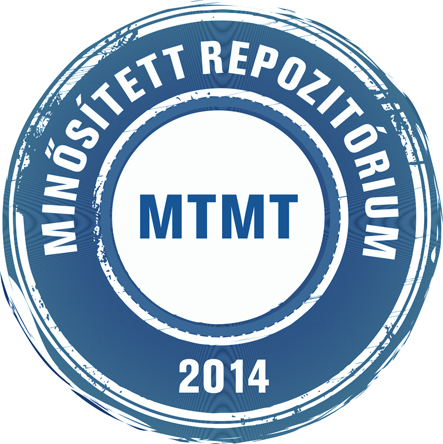Espeland, Marianne és Chazot, Nicolas és Condamine, Fabien L.L. és Lemmon, Alan R.R. és Lemmon, Emily Moriarty és Sáfián, Szabolcs (2023) Rapid radiation of ant parasitic butterflies during the Miocene aridification of Africa. ECOLOGY AND EVOLUTION, 13 (5). ISSN 2045-7758
|
Szöveg
EcologyandEvolution-2023-Espeland-RapidradiationofantparasiticbutterfliesduringtheMiocenearidificationof.pdf Download (7MB) |
Absztrakt (kivonat)
Africa has undergone a progressive aridification during the last 20 My that presumably impacted organisms and fostered the evolution of life history adaptations. We test the hypothesis that shift to living in ant nests and feeding on ant brood by larvae of phyto-predaceous Lepidochrysops butterflies was an adaptive response to the aridification of Africa that facilitated the subsequent radiation of butterflies in this genus. Using anchored hybrid enrichment we constructed a time-calibrated phylogeny for Lepidochrysops and its closest, non-parasitic relatives in the Euchrysops section (Poloyommatini). We estimated ancestral areas across the phylogeny with process-based biogeographical models and diversification rates relying on time-variable and clade-heterogeneous birth-death models. The Euchrysops section originated with the emerging Miombo woodlands about 22 million years ago (Mya) and spread to drier biomes as they became available in the late Miocene. The diversification of the non-parasitic lineages decreased as aridification intensified around 10 Mya, culminating in diversity decline. In contrast, the diversification of the phyto-predaceous Lepidochrysops lineage proceeded rapidly from about 6.5 Mya when this unusual life history likely first evolved. The Miombo woodlands were the cradle for diversification of the Euchrysops section, and our findings are consistent with the hypothesis that aridification during the Miocene selected for a phyto-predaceous life history in species of Lepidochrysops, with ant nests likely providing caterpillars a safe refuge from fire and a source of food when vegetation was scarce.
Tudományterület / tudományág
agrártudományok > erdészeti és vadgazdálkodási tudományok
természettudományok > biológiai tudományok
Kar
Nem releváns
Intézmény
Soproni Egyetem
| Mű tipusa: | Cikk |
|---|---|
| SWORD Depositor: | Teszt Sword |
| Felhasználó: | Csaba Horváth |
| A mű MTMT azonosítója: | MTMT:33936922 |
| Dátum: | 05 Jún 2023 08:57 |
| Utolsó módosítás: | 05 Jún 2023 08:57 |
| URI: | http://publicatio.uni-sopron.hu/id/eprint/2714 |
Actions (login required)
 |
Tétel nézet |


 Repozitóriumi letöltési statisztika
Repozitóriumi letöltési statisztika Repozitóriumi letöltési statisztika
Repozitóriumi letöltési statisztika
